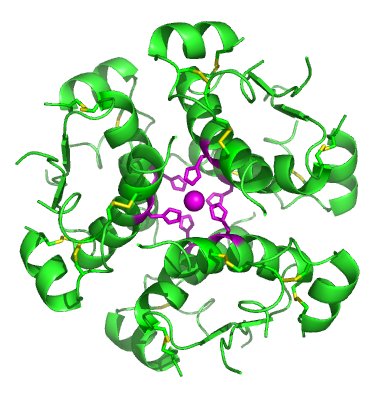In other parts of the world, biosolids (human waste) from sewage treatment plants are treated and used as sustainable agricultural fertilizer. Research the pros and cons of this method and take a stand as to whether this can be a realistic alternative to our current agricultural practices. Who are the potential stakeholders in this issue? Are we influenced by the Western view of human waste as an unsanitary and disgusting nuisance?
First thought is, like any other person reading this topic: EW. Right off the bat, I'm sure you can guess that no, I don't think this is a realistic alternative to our current practices. Are we influenced by the Western view of human waste as an unsanitary and disgusting nuisance? Sure we are, at least I'm pretty sure I am. Regardless of whether or not there's the influence of Western views, the thought of using another person's "business" to grow my food is gag-worthy in itself. But before I go off, let's weigh the pros and cons of this.

Creates jobs
- Like anything else that may introduce a new sort of industry to the community, it is basically a call for job opportunities.
It's cost effective
- Meaning, you're basically producing the product. In a sense, it's pretty much free, or close to it.
It's recyclable
- Although it irks me think about, it's true that it is indeed a recyclable product. In fact, it's so easy to reproduce anyway, so landfills won't be as much of an issue if this were the alternative used to regular fertilizer.
Improves crop production
- It proves to be as effective as regular fertilizer (as much as I don't like to think about it). It improves the soil quality as well as replenish it, as a fertilizer should.
Enriching forestland
- As random as this is, it's actually beneficial to forests. There are many species of trees that benefit well from the use of biosolids.

Potential health hazard
- The word "potential" shouldn't even be there, but because it's not 100% true, it should be put there. Nonetheless, the fact that it proves to be a health hazard should be enough to put you on edge, even if just a little bit. There are only so many ways you can "reduce, re-use, and recycle" but when you have to draw the line, you have to do it.
Effects irreversible
- Basically, if it screws you over, you're pretty much screwed for life.
May contain hazardous chemicals
- Okay, so one proposes that you clean the waste and filter it and what not so that it can be deemed at least usable in the field. This sounds like a chemical formula plus more waste that can easily be just as toxic.
Decreases property value
- To be honest, would you buy anything if you were informed that biosolids were used in said area? Come on, realistically, there is no way a person would consider shelling out money for it.
I suppose it's safe to say that there it's an equal fight, and the pros and cons seemed somewhat balanced. You can look at it as a practical solution, or see it as I see it - just plain nasty.
Sources: 1 2 3





